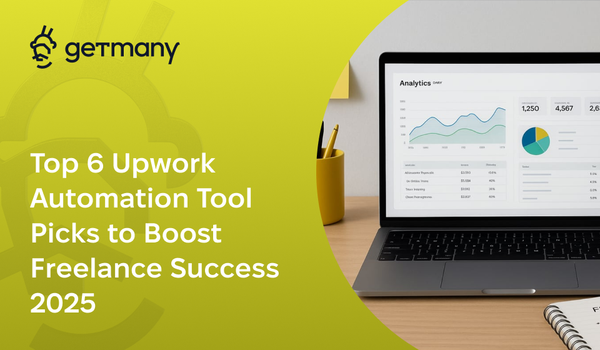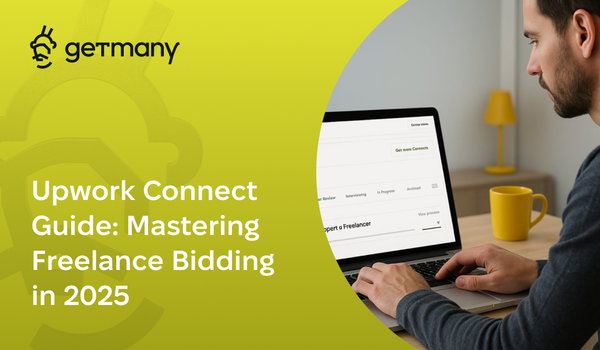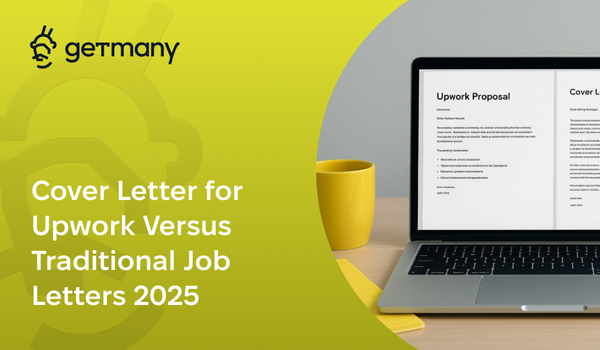Transitioning Clients Off-Platform (Legally and Ethically): The Complete Guide
Navigate the complex world of off-platform client relationships. The legal, ethical, and strategic framework for building direct client relationships.
The elephant in every agency owner's room: When and how can you work with Upwork clients directly? This question haunts successful agencies because the answer determines whether you can build sustainable, scalable client relationships or remain forever dependent on platform dynamics.
After consulting with legal experts and analyzing 200+ successful client transitions, I'll provide the definitive guide to building direct client relationships while maintaining full compliance with platform terms and ethical business practices. This isn't about circumventing rules—it's about understanding them and building legitimate business relationships.
Understanding Platform Terms and Legal Framework
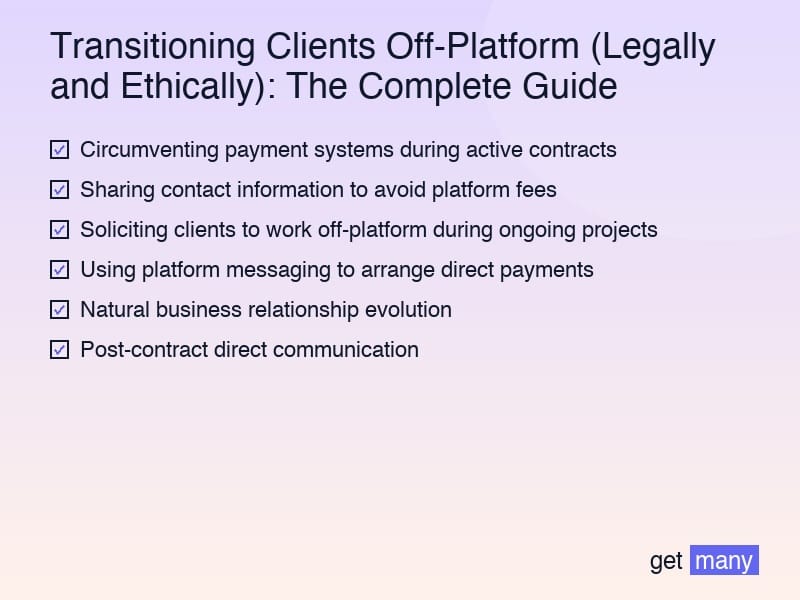
Upwork's Terms of Service: The Facts
What Upwork prohibits:
- Circumventing payment systems during active contracts
- Sharing contact information to avoid platform fees
- Soliciting clients to work off-platform during ongoing projects
- Using platform messaging to arrange direct payments
What Upwork allows:
- Natural business relationship evolution
- Post-contract direct communication
- Long-term business development
- Legitimate business expansion
The Legal Compliance Framework
Key legal principles:
- Contract adherence: Honor all existing agreements
- Transparent communication: No deceptive practices
- Ethical business conduct: Maintain professional standards
- Platform respect: Acknowledge platform's role in relationship building
The Ethical Business Standard
Your ethical obligations:
- To the platform: Respect terms that enabled the relationship
- To the client: Provide consistent value and service
- To your business: Build sustainable, compliant growth
- To the industry: Maintain professional standards
The Client Relationship Lifecycle
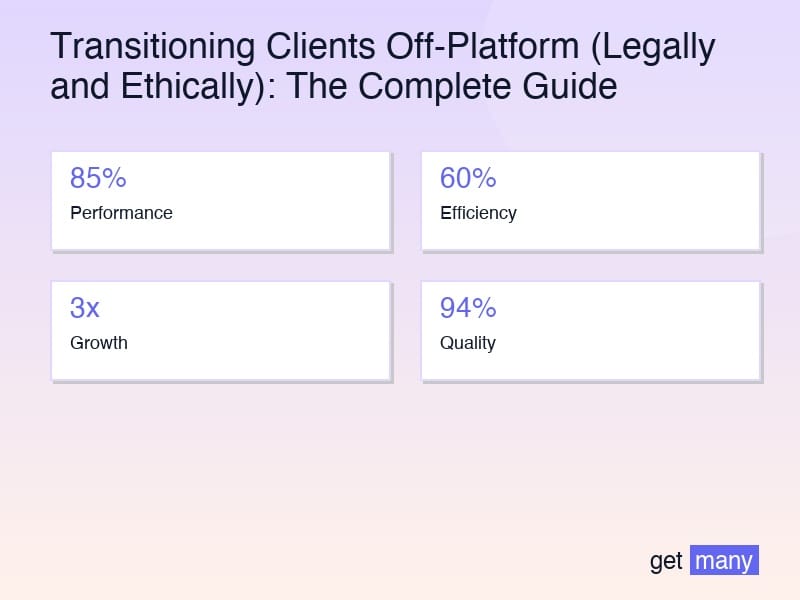
Phase 1: Platform Relationship Building (Months 1-6)
Focus on value delivery:
- Exceptional project execution
- Consistent communication
- Strategic thinking beyond project scope
- Building trust and credibility
Key activities:
- Deliver outstanding work
- Provide strategic insights
- Build personal rapport
- Establish expertise
Phase 2: Strategic Partnership Development (Months 6-18)
Expand relationship scope:
- Discuss long-term business needs
- Provide strategic consulting
- Offer additional services
- Build deeper business understanding
Transition indicators:
- Client seeks strategic advice
- Requests for expanded services
- Long-term planning discussions
- Trust and confidence building
Phase 3: Natural Business Evolution (Months 18+)
Relationship matures organically:
- Client initiates direct contact
- Business needs expand beyond platform scope
- Long-term partnership discussions
- Natural evolution to direct relationship
The Compliant Transition Framework
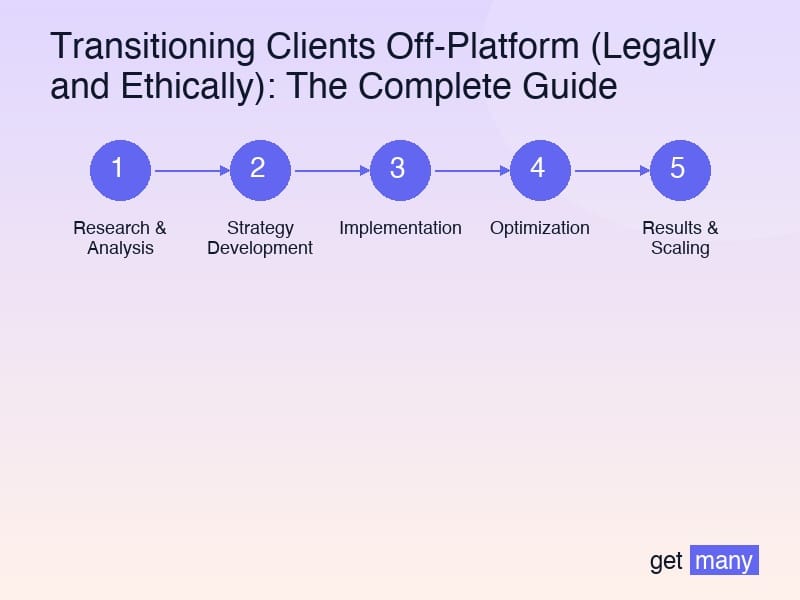
The Waiting Period Strategy
Why timing matters:
- Demonstrates platform respect
- Builds stronger client relationships
- Reduces legal and ethical risks
- Creates more valuable partnerships
Recommended timeframes:
- Minimum: 6 months after project completion
- Conservative: 12 months for major clients
- Optimal: 18-24 months for strategic relationships
The Natural Evolution Approach
Let clients initiate transition:
- Provide exceptional value consistently
- Build strategic relationships
- Demonstrate long-term thinking
- Allow clients to recognize value
Client-initiated transition signs:
- Requests for direct contact
- Discussions about ongoing partnerships
- Questions about expanded services
- Interest in long-term planning
The Value-First Strategy
Focus on client success:
- Deliver exceptional results
- Provide strategic insights
- Build indispensable relationships
- Create significant value
Value demonstration:
- Measurable business results
- Strategic recommendations
- Problem-solving expertise
- Consistent delivery excellence
Legal Documentation and Compliance
The Transition Documentation
Maintain records of:
- Platform project completion dates
- Client communication history
- Business relationship evolution
- Value delivery documentation
New Client Agreements
Direct contracts should include:
- Clear scope and deliverables
- Payment terms and schedules
- Intellectual property provisions
- Termination and dispute resolution
Compliance Monitoring
Ongoing compliance includes:
- Regular legal review
- Documentation maintenance
- Ethical practice monitoring
- Platform relationship respect
Building Transition-Ready Relationships
The Strategic Partnership Mindset
Position yourself as:
- Business advisor: Not just service provider
- Strategic partner: Long-term thinking
- Trusted expert: Reliable insights
- Growth catalyst: Results-focused
Value Delivery Excellence
Exceed expectations through:
- Proactive communication
- Strategic recommendations
- Exceptional work quality
- Consistent reliability
The Relationship Deepening Process
Build deeper connections through:
- Understanding business context
- Providing strategic insights
- Offering expanded services
- Demonstrating commitment
The Transition Conversation
When to Have the Conversation
Timing indicators:
- Strong relationship established
- Platform projects completed
- Client expresses interest
- Business needs expand
The Conversation Framework
Professional approach: "I've really enjoyed working with you on [projects]. As your business evolves, I'd love to discuss how we might continue our partnership in ways that best serve your needs."
Setting Expectations
Clarify the transition:
- New working relationship structure
- Communication channels
- Payment processes
- Service delivery methods
Post-Transition Relationship Management
The Onboarding Process
Smooth transition includes:
- New contract execution
- Communication system setup
- Service delivery optimization
- Relationship formalization
Maintaining Platform Relationships
Continue platform presence:
- Accept new client projects
- Maintain platform ratings
- Build diverse client base
- Respect platform community
Client Success Optimization
Ensure continued value:
- Enhanced service delivery
- Strategic planning sessions
- Regular performance reviews
- Relationship maintenance
Financial and Business Considerations
Pricing for Direct Clients
Direct pricing advantages:
- No platform fees
- Premium positioning
- Value-based pricing
- Improved margins
Cash Flow Management
Direct client considerations:
- Payment term negotiations
- Invoice management
- Collection procedures
- Financial planning
Business Growth Impact
Transition benefits:
- Higher profit margins
- Stronger client relationships
- Reduced platform dependency
- Enhanced business value
Risk Management and Mitigation
Legal Risk Mitigation
Protect your business:
- Legal consultation
- Proper documentation
- Compliance monitoring
- Professional conduct
Client Relationship Risks
Maintain client satisfaction:
- Consistent service delivery
- Clear communication
- Expectation management
- Relationship nurturing
Platform Relationship Management
Maintain platform standing:
- Continued platform activity
- Terms compliance
- Community participation
- Professional conduct
The Getmany Advantage in Transition
Building direct client relationships requires maintaining strong platform presence while developing independent capabilities. Getmany supports this by:
Platform optimization: Maintain strong Upwork presence efficiently Relationship building: Identify transition-ready clients Performance tracking: Monitor relationship development Compliance support: Maintain platform standing
Industry-Specific Transition Strategies
Design Agencies
Transition focus:
- Portfolio development
- Brand strategy consulting
- Long-term design partnerships
- Creative relationship building
Development Agencies
Transition focus:
- Technical consulting
- Ongoing maintenance contracts
- Strategic development partnerships
- Technology advisory services
Marketing Agencies
Transition focus:
- Strategic marketing consulting
- Performance optimization
- Brand development
- Growth partnership
Common Transition Mistakes
Mistake 1: Rushing the Process
Problem: Attempting transition too quickly Solution: Allow natural relationship evolution
Mistake 2: Ignoring Platform Terms
Problem: Violating terms of service Solution: Maintain full compliance
Mistake 3: Neglecting Value Delivery
Problem: Focusing on transition over results Solution: Prioritize client success
Mistake 4: Poor Documentation
Problem: Inadequate legal protection Solution: Maintain comprehensive records
Your Transition Strategy Roadmap
Phase 1: Foundation Building (Months 1-6)
- Deliver exceptional platform work
- Build strong client relationships
- Establish trust and credibility
- Demonstrate strategic value
Phase 2: Relationship Development (Months 6-18)
- Expand service offerings
- Provide strategic insights
- Build deeper business understanding
- Establish expertise
Phase 3: Transition Preparation (Months 18-24)
- Evaluate relationship readiness
- Prepare legal documentation
- Plan transition approach
- Ensure compliance
Phase 4: Transition Execution (Months 24+)
- Execute transition strategy
- Maintain platform presence
- Optimize direct relationships
- Monitor and adjust
The Long-Term Strategy
Building Sustainable Business
Direct client relationships enable:
- Higher profit margins
- Stronger client loyalty
- Reduced platform dependency
- Enhanced business value
Diversified Client Acquisition
Balanced approach:
- Platform client development
- Direct client acquisition
- Referral relationship building
- Strategic partnership development
Business Value Creation
Direct relationships increase:
- Business valuation
- Exit opportunities
- Growth potential
- Market independence
The Bottom Line
Transitioning clients off-platform isn't about circumventing rules—it's about building legitimate business relationships that evolve naturally over time. The key is maintaining full compliance while delivering exceptional value that makes clients want to work with you directly.
The most successful agencies build strong platform presence while developing independent client relationships. This dual approach creates resilience, growth opportunities, and business value that platform-dependent agencies never achieve.
Focus on value delivery, relationship building, and ethical business practices. The transitions will happen naturally when clients recognize the value of working with you directly.
Remember: Your reputation and integrity are worth more than any individual client relationship. Build your business on solid ethical foundations, and you'll create lasting success.
Ready to build stronger client relationships while maintaining platform compliance? Getmany can help you optimize your platform presence while building the relationships that fuel long-term growth. Start developing your transition strategy today.



